Buildings that inspire
The soaring spires of Gaudi’s Sagrada Familia. The surreal curves of Frank Lloyd Wright’s Guggenheim Museum. The rustic charm of a Norwegian stave church. Inspiring architecture can be found anywhere, sometimes where you least expect it. Classic or contemporary, sumptuous or spare, architecture defines a destination and is an integral part of its culture. And while tastes and fashions come and go, a strong architectural tradition has an enduring quality that never goes out of style. On every Viking journey, you can discover captivating buildings and structures, and explore the stories behind them. Join us as we celebrate some of the world’s iconic and impressive architecture.
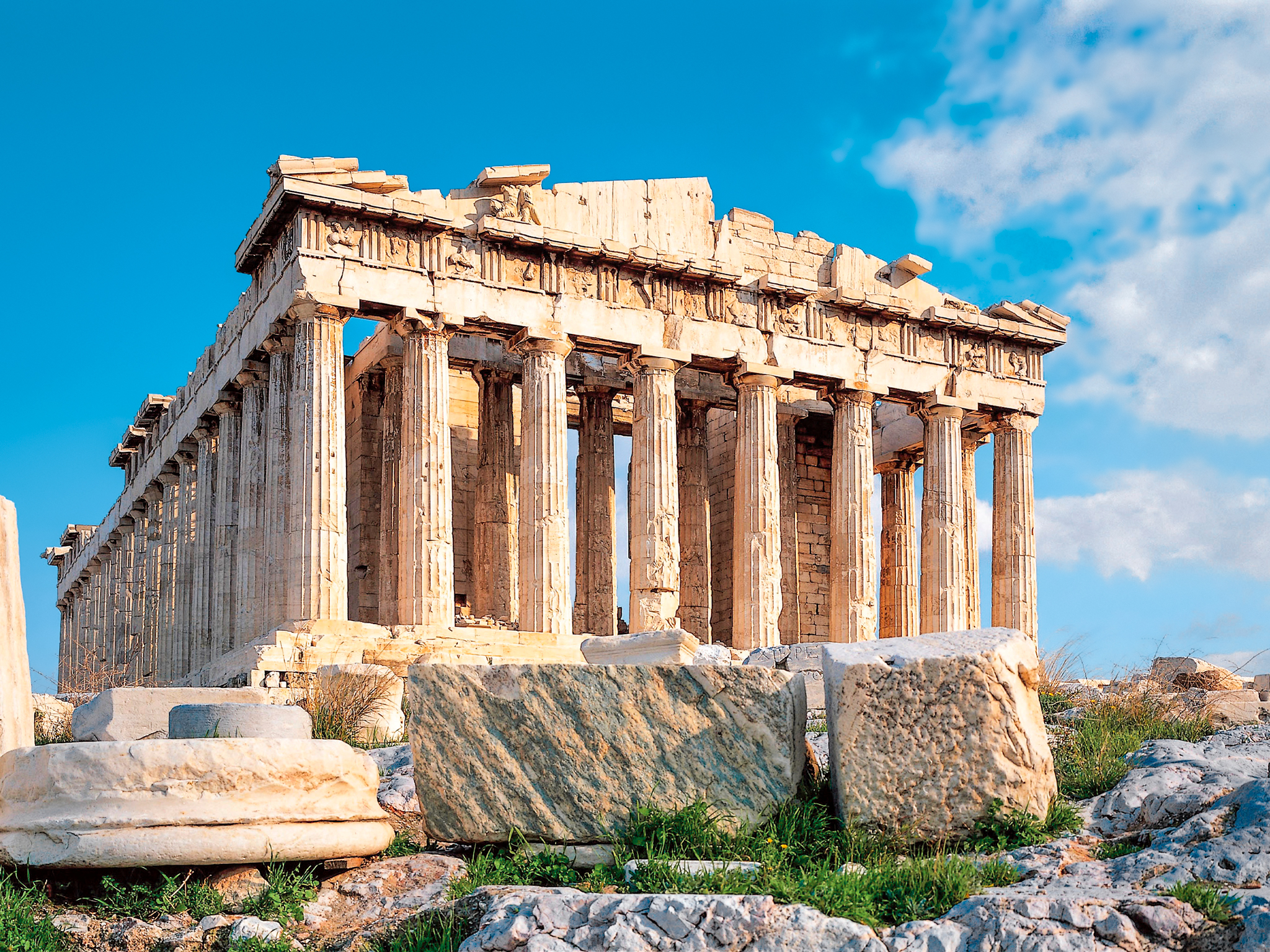
1
THE PARTHENON
Athens
The cradle of civilisation, Athens boats more culture and history than you can point a camera at, and wherever you walk in this great city, your eye is drawn up to the Acropolis, that great rock on top of which sits the Parthenon. Once the province of the gods, the Parthenon still stands guard over the city. Designed by Iktinos and Kallicrates for the Great Panathenaic Festival of 438BC, the Parthenon took 15 years to build and is the last Doric temple ever completed in Greece. Walk around its marble pillars, take in the views, and be awed.
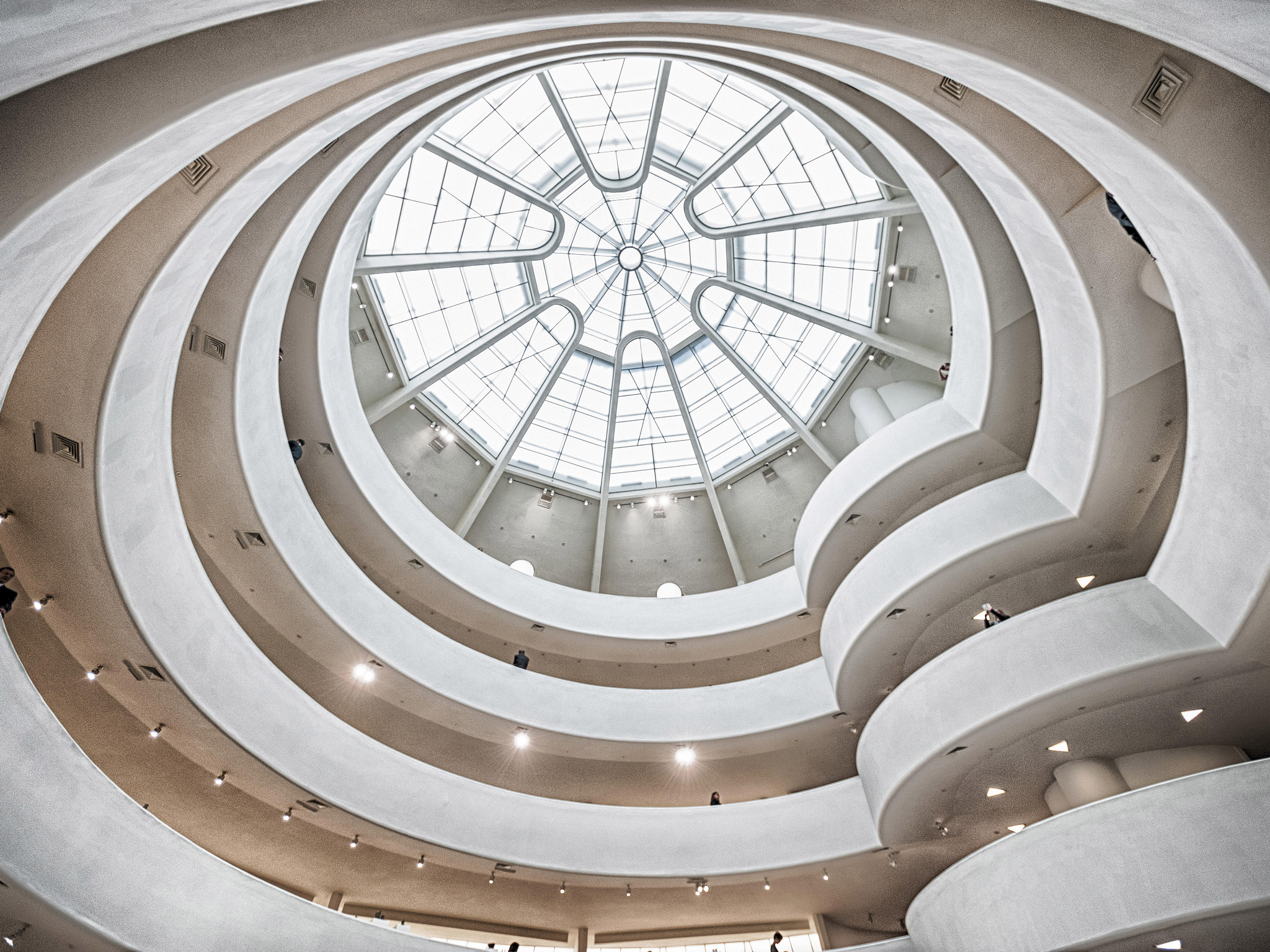
2
THE GUGGENHEIM
New York City
A New York icon, the Solomon R. Guggenheim Museum has inspired countless visitors and is regarded as Frank Lloyd Wright’s masterpiece. It is possibly more famous than the artworks inside, which include works by Kandinsky, Picasso, Pollock, Monet, Van Gogh and Degas. The conical white spiral swells out towards the city of Manhattan, its organic curves are a familiar landmark. Completed in 1959, the inverted ziggurat structure was Wright’s last major project, and one of his most popular. The museum’s dramatic curves have an even more stunning effect on the interior, where Wright proposed ‘one great space on a continuous floor’ that leads you upwards towards the sky.
Explore New York City and its iconic architecture on Viking’s Eastern Seaboard Explorer.

3
THE GREAT PYRAMIDS OF GIZA
Egypt
Intriguing and mesmerising, the Great Pyramids of Giza are the oldest and only standing monument of the Wonders of the Ancient World. Built as enormous tombs for Egypt’s pharaohs nearly 4,000 years ago, the Great Pyramids are testament to the might, organisation and power of ancient Egypt. The Egyptians believed that when pharaohs died, they travelled to the afterlife as gods – and pyramids served as preparation for that journey, containing all they would need in the next world. Their precise geometry, and sheer size will amaze you. Add the drama of the dynasty that created them and they are truly a wonder.
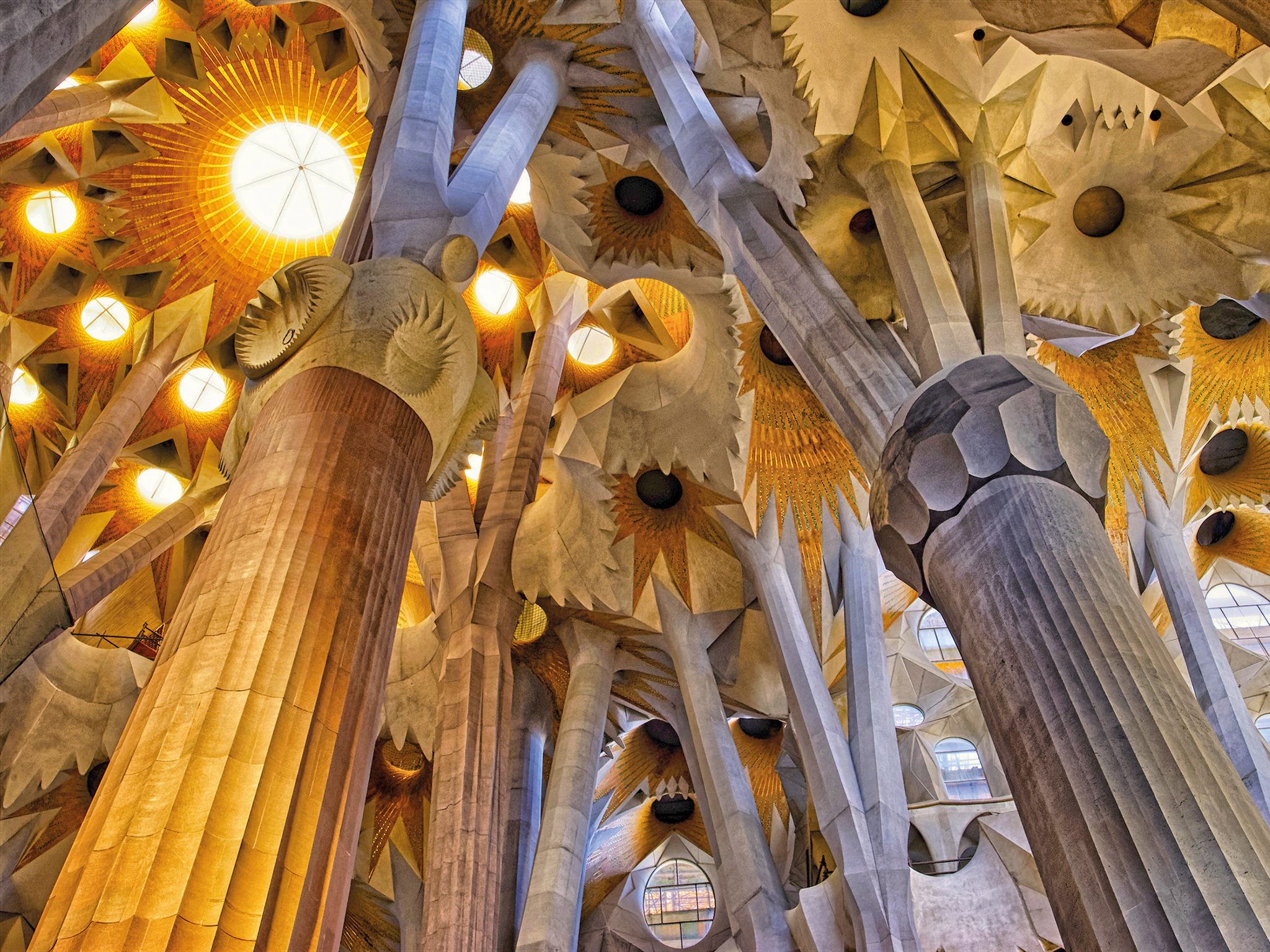
4
LA SAGRADA FAMILIA
Barcelona
If you see only one building in Barcelona, see Antoni Gaudí’s La Sagrada Familia. Perhaps the most famous structure of Catalan Modernism, it is extraordinary. None of the surfaces are flat. Abstract shapes combine with smooth curves and jagged points, resulting in a cacophony of styles that form a harmonious whole. Building began in 1882 and the cathedral is still under construction with completion expected in 2026. When Gaudí was asked why he lavished so much attention on the tops of the spires when no-one would see them, he answered “The angels will see them.”
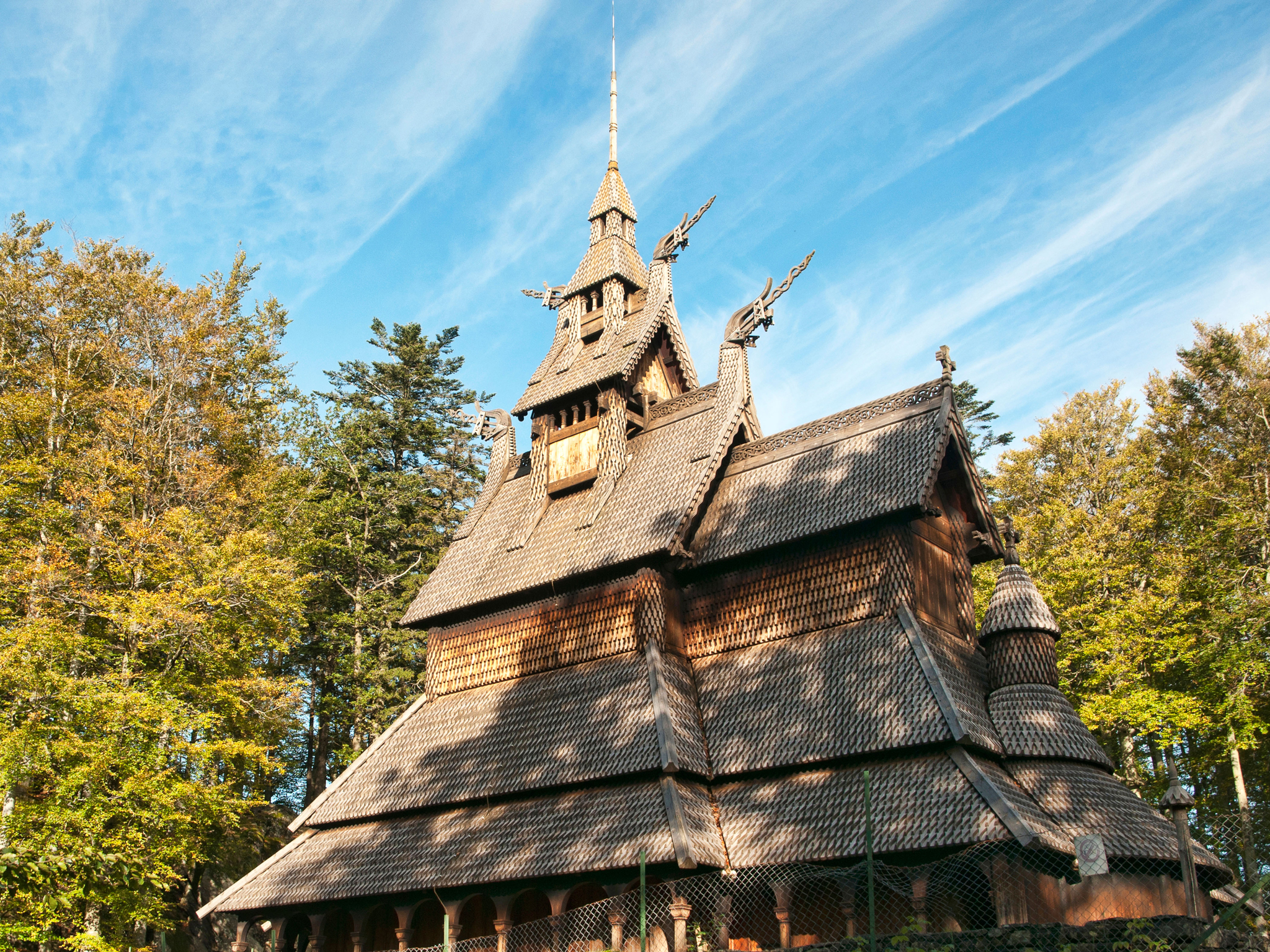
5
FANTOFT STAVE CHURCH
Bergan
Norway’s stave churches are the oldest preserved wooden churches in Christianity. They often combine Christian and Viking motifs, and continue to mesmerise people today. Constructed entirely of wood, the beautifully carved Fantoft Stave Church was originally built in Fortun in Sogn and was moved to Fantoft in 1883 to save it from demolition. It stands as a proud testament to Norway’s heritage.
Visit Fantoft Stave Church on our ocean journey Viking Homelands.
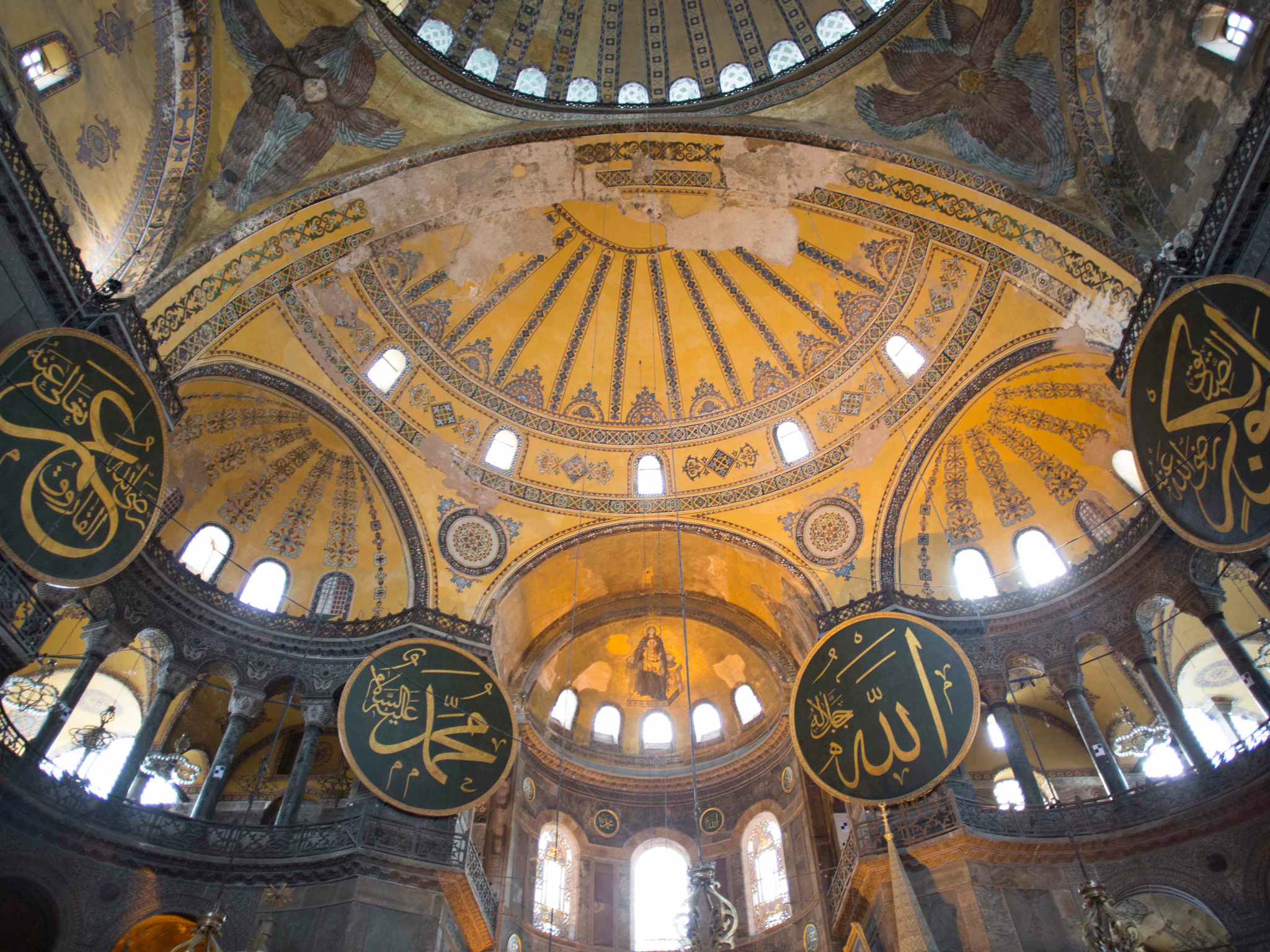
6
HAGIA SOPHIA
Istanbul
There are many treasures in Istanbul, and one of the greatest is Hagia Sophia. A cathedral for 916 years, a mosque for 482 years, a museum and now, again, a mosque, its blend of architectural styles of both a church and a mosque are what make it so rare, and so special. A jewel of Byzantine architecture, the domed monument was built by the Roman Emperor Justinian in the sixth century. Architects Anthemius of Tralles and Isidorus of Miletus took six years to complete the construction, which has been added to and adapted over the centuries.
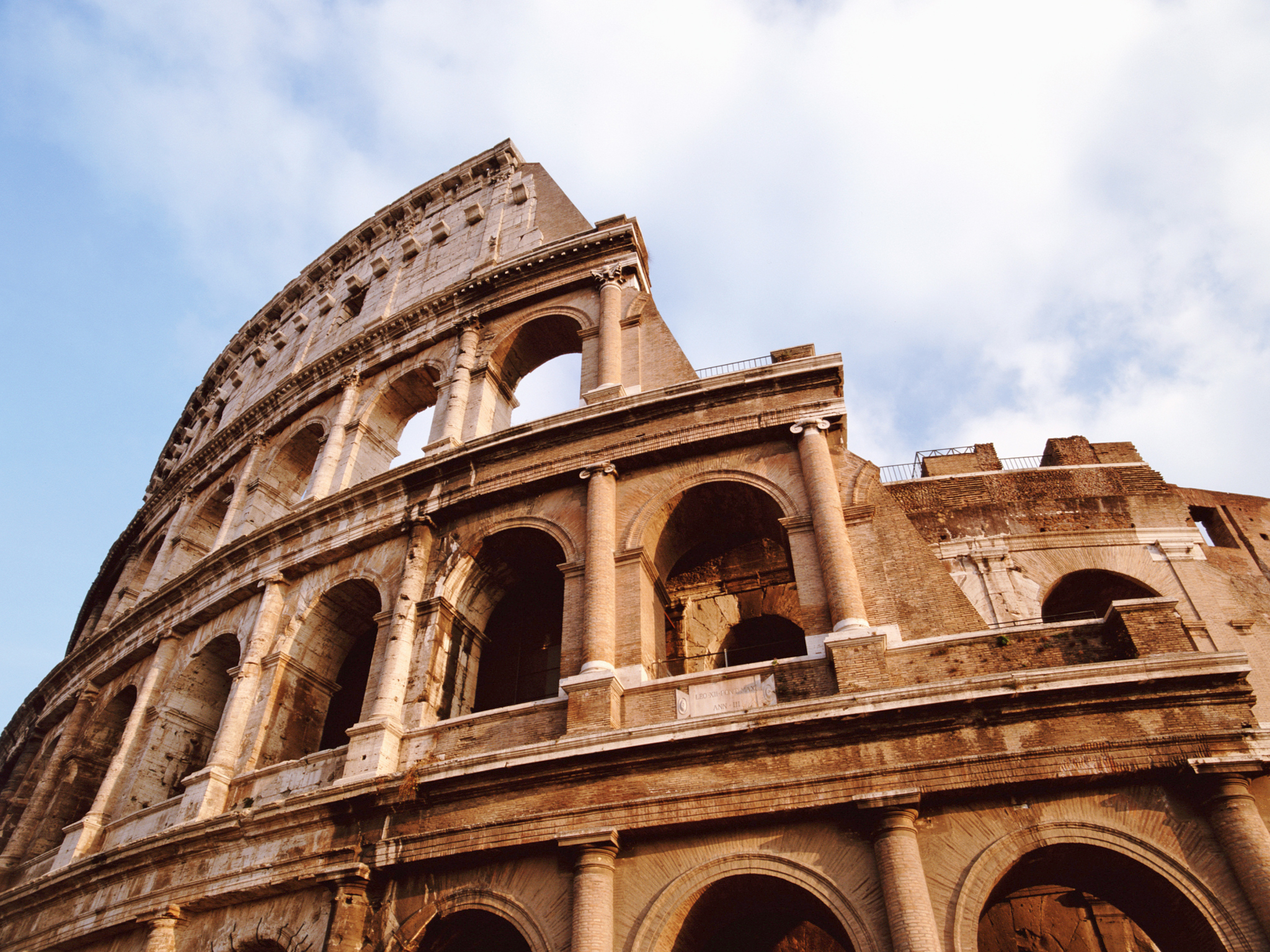
7
THE COLOSSEUM
Rome
Two thousand years since it was created, Rome’s 50,000-seat Colosseum is still a breathtaking sight. Commissioned in 72 CE by the emperor Vespasian, it was completed by his son and successor Titus, and inaugurated with games that lasted 100 days and involved 5,000 animals and 9,000 gladiators. The last battles fought in the Colosseum were in the fifth century. This iconic amphitheatre symbolises the power and drama of ancient Rome, and no photograph can prepare you for the thrill of seeing it for the first time.
On Viking’s ocean journey Italian Sojourn enjoy time to explore Rome and the Colosseum.
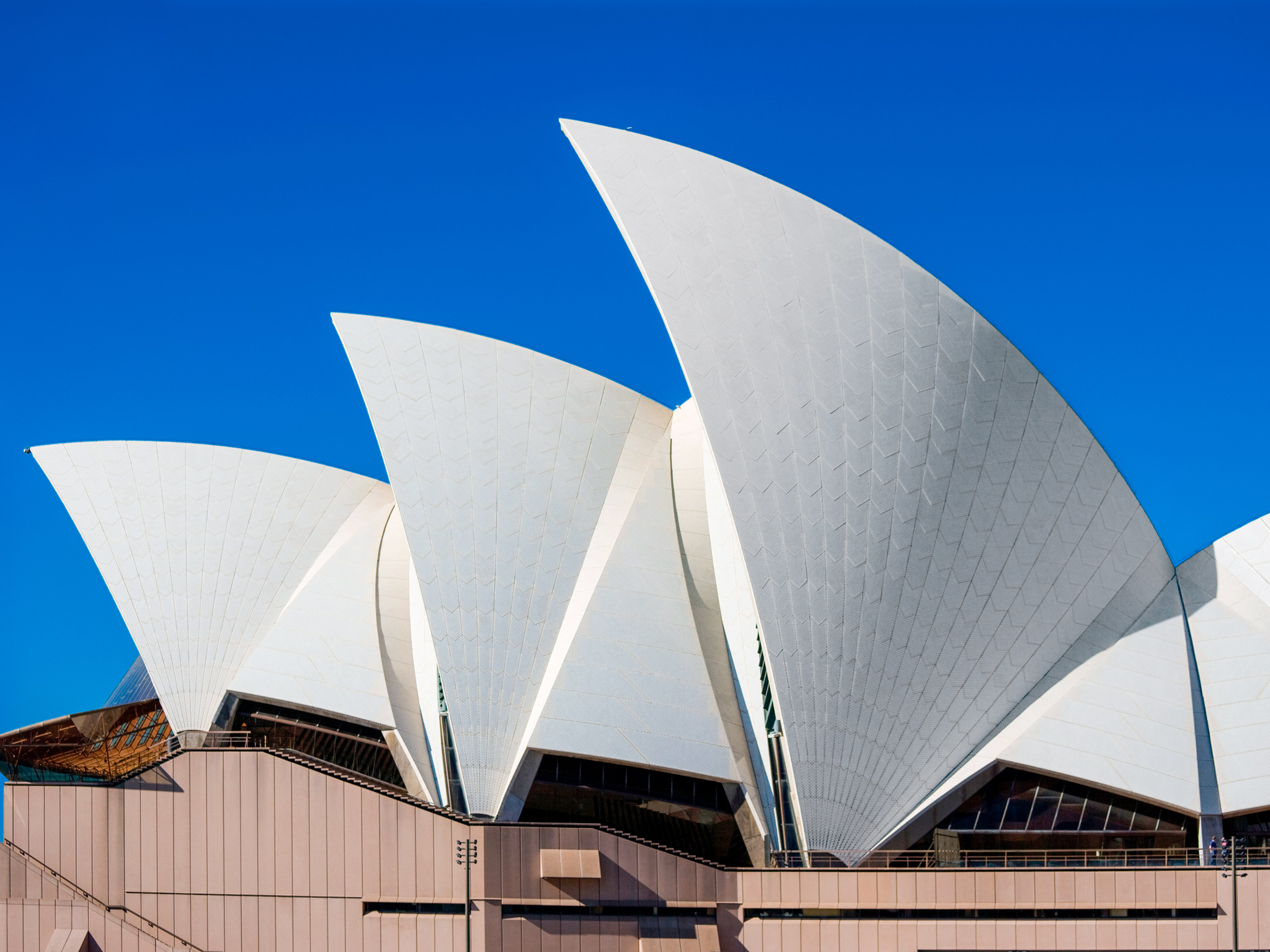
8
SYDNEY OPERA HOUSE
Australia
Few buildings are more instantly recognisable than Sydney Opera House. And there is no more spectacular way to approach it than sailing through Sydney Harbour. The spectacular soaring sails of Danish architect Jørn Utzon’s design appear different from every angle, and at different times of day. Construction began in 1959. Utzon wanted the shells of the iconic roof to be portrayed as large white sails in contrast to the deep blue harbour. He created this using more than ten million ceramic tiles made in Sweden. The building was finally completed in 1973 and in 2007 Sydney Opera House was made a World Heritage Site.
Enjoy a behind-the-scenes tour of Sydney Opera House on our Australia & New Zealand ocean journey.
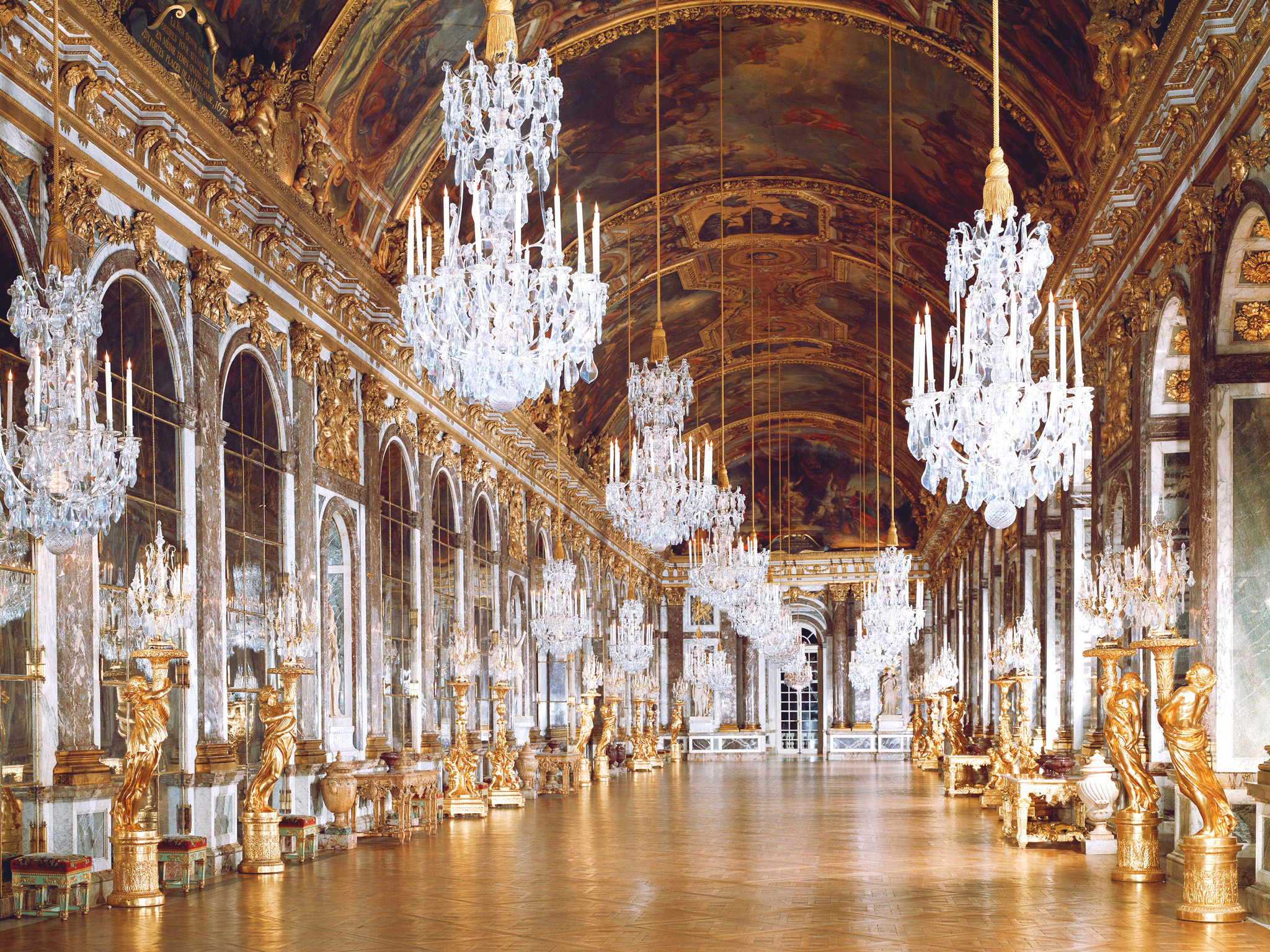
9
VERSAILLES
France
No expense was spared in the construction of the monumental Versailles, 22kms southwest of Paris. Constructed during the reign of Louis XIV, the Roi Soleil (Sun King), in the mid-17th century, its purpose was to project the indisputable power of the French monarchy. Architects Louis Le Vau and Jules Hardouin-Mansart designs remain largely unchanged. Inside, interior designer Charles Le Brun and hundreds of artisans created rooms of opulence, with frescoes, marble, gilt and woodcarvings adorning the grand apartments, and reaching a crescendo in the Hall of Mirrors – a 75-metre-long ballroom with 17 huge mirrors on one side and an equal number of windows opposite overlooking the gardens and the setting sun.
You can explore Versailles on our river journey, France’s Finest.
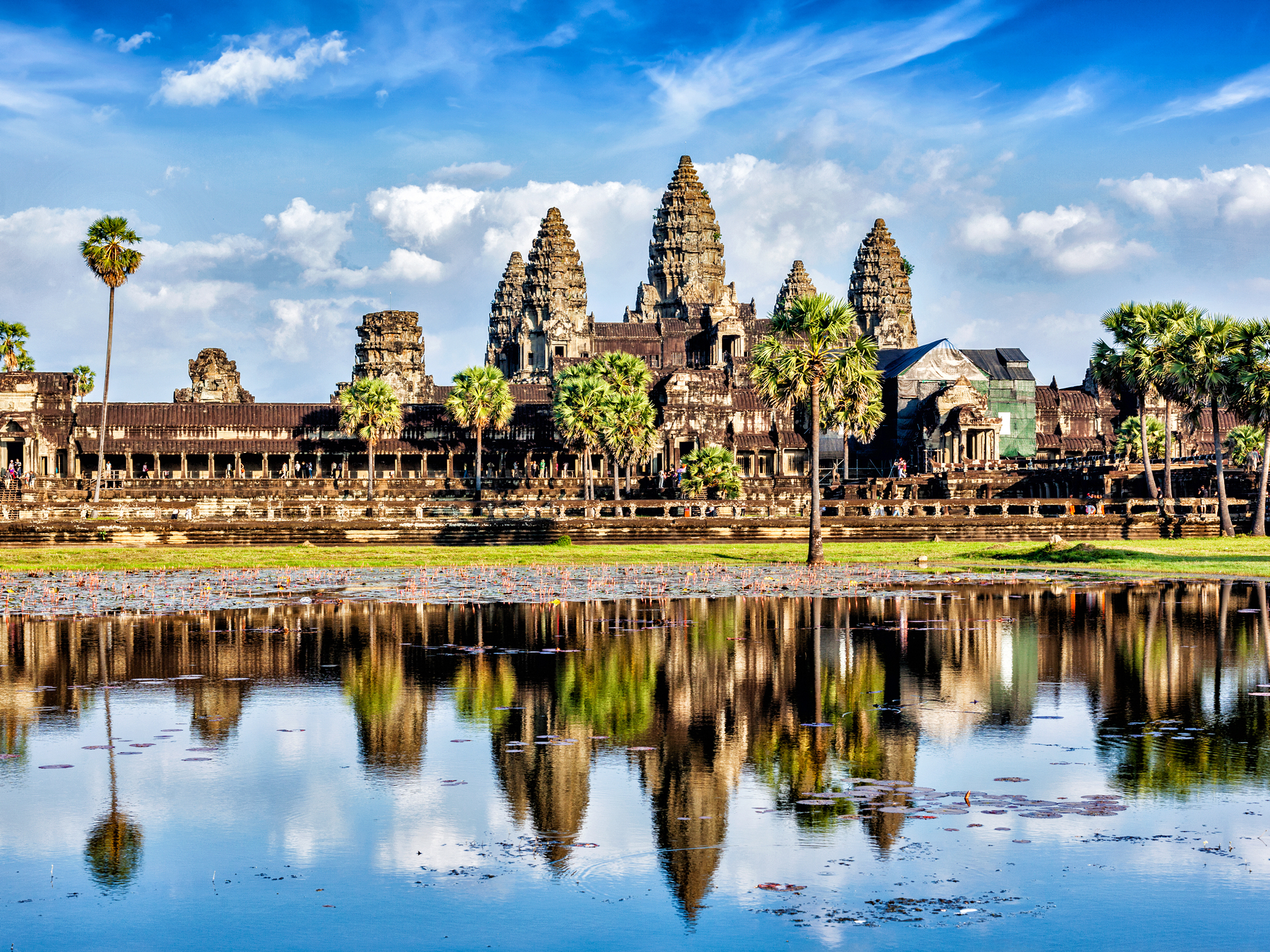
10
ANGKOR WAT
Siem Reap
At 402 acres, the ancient temple complex of Angkor is the world’s largest religious site and a place of pilgrimage for all Cambodians, as well as a proud symbol of the country – it even features on the national flag. The beauty of this vast site is intricate and extravagant. A prime example of classical Khmer architecture – a building tradition that spanned five centuries – it was once the capital of the Khmer Empire. Angkor Wat was built by King Suryavarman II in the early 12th century as his state temple and eventual mausoleum. Few sites of spiritual devotion are as powerful or memorable.
